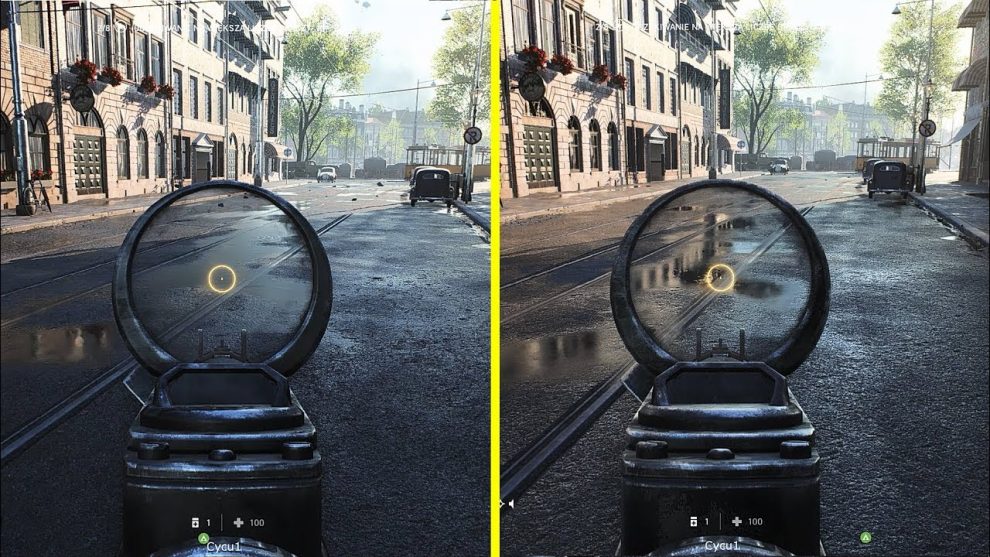The world of computer graphics continually pushes the limits of visual fidelity. One technique that stands out for its ability to create remarkably realistic images is ray tracing. While the visual results are breathtaking, implementing ray tracing in real-time applications throws down a gauntlet of challenges for developers.
This article delves into the captivating world of ray tracing, exploring its fundamental principles, the technical hurdles developers face, and potential solutions to overcome these obstacles.
Demystifying Ray Tracing: A Simulation of Light Transport
Unlike rasterization methods that focus on projecting 3D polygons onto a 2D screen, ray tracing takes a different approach entirely. It seeks to simulate the physical behavior of light as it interacts with objects in a scene before reaching the camera.
This simulation allows for incredibly accurate lighting effects like shadows, reflections, refractions, and global illumination, resulting in images that closely resemble the real world.
Here is a simplified explanation of the ray tracing process:
- Casting Rays: For each pixel, a ray is cast from the camera’s position in the direction according to its viewing angle.
- Scene Intersection: The ray is traced through the 3D scene, checking for intersections with objects.
- Material Interaction: If a ray hits an object, calculations determine how it interacts based on the surface material (absorption, reflection, refraction, etc.)
- Recursive Bouncing: Depending on the surface properties, the ray may bounce off in different directions spawning new rays to simulate physically accurate light transport.
- Pixel Coloring: The light contribution of all rays reaching the pixel determines its final color.
The Allure and Challenge: Why Real-Time Ray Tracing Tests Developers

While ray tracing drives unprecedented realism in computer imagery, achieving real-time performance with this technique poses monumental technical challenges:
- Extreme Computational Load: Tracing numerous rays per pixel for complex scenes with many light sources demands massive processing power, significantly hindering rendering speed.
- Complex Algorithms: Crafting optimized ray-triangle intersection, BSDFs, global illumination effects, and more requires advanced expertise in graphics programming.
- Memory Bottlenecks: The substantial data generated during ray tracing like ray paths, scene geometry, material properties taxes system memory.
- Balancing Quality & Performance: Stunning quality requires tracing more rays but reduces rendering speed, requiring careful balancing acts.
Climbing the Summit: Making Ray Tracing More Efficient
Despite the hurdles, developers continually seek solutions to make real-time ray tracing efficient and accessible. Here are some key optimization techniques helping overcome barriers:
- Hardware Acceleration: Modern GPUs have dedicated ray tracing cores, boosting path tracing performance manifold compared to pure software solutions.
- Acceleration Structures: Sophisticated data structures like BVHs cull irrelevant scene geometry, minimizing ray intersection tests.
- Adaptive Sampling: Tracing more rays for visually complex pixels while reducing samples in simpler areas balances quality and speed.
- Hybrid Rendering: Combining ray tracing with rasterization, using the former for complex effects and the latter for basic shading/geometry.
- AI Denoising: Machine learning algorithms remove noise in Monte Carlo ray traced images, allowing more efficiency by tracing fewer samples per pixel.
The Future of Ray Tracing
While efficiently implementing real-time ray tracing continues to test developers, the potential payoffs make it an endeavor worth undertaking. As hardware capabilities and software techniques continue maturing, ray tracing is positioned to transform computer imagery, enabling unprecedented realism in games, film, and beyond.













Add Comment